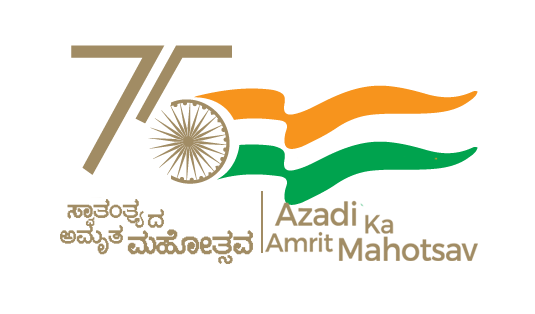History
Karnataka state is situated in the west central part of peninsular India. With its amazing variety of topographic expressions, unique drainage patterns, colourful heritage of wildlife, eventful history, rich cultural traditions and an unending vista of scenic excellence, Karnataka has definitely made unique contributions to the wealth of Indian culture and heritage. It developed a school of music called the “Karnatic” music which has spread all over India.
Karnataka State is situated between 11 degree 31’ and 18 degree 45’ north latitudes and 74 degree 12’ and 78 degree 40’ east longitudes and lies in the west central part of peninsular India. Its maximum length from north to south is about 700 kms and from east to west 400 kms. It is bound on the north by Maharashtra state, on the north west by Goa, on the east by Andhra Pradesh, on the south and south east by Tamil Nadu, on south west by Kerala and on the west by the Arabian Sea.
Karnataka State covers an area of 1,92,204Sq.Kms and occupies 5.35% of the total geographical area of the country. In 1881, it consisted of 7 districts only viz., Bengaluru, Mysuru, Kolar, Kadur, Tumkur, Chitradurga and Shimoga. In 1886, Hassan was carved out as the eighth district with seven taluks and in 1939, Mandya, the ninth district of the state with 7 taluks.
The present state was constituted on November 1, 1956 under the States Reorganization Act, 1956.
The State has four divisions, Mysuru, Bengaluru, Kalaburagi and Belagavi. Mysuru division comprises of 8 districts of Mysuru, Mandya, Kodagu, Chamarajanagar, Hassan, Chikkamagaluru, Dakshina Kannada and Udupi. It comprises of 13 sub divisions, 44 taluks, 5 special taluks. From 15.8.1997, Mysuru and Dakshina Kannada were bifurcated to form Chamarajanagar and Udupi district respectively.


